Telemecanique Electrical Installation
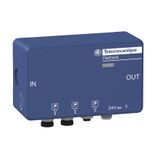

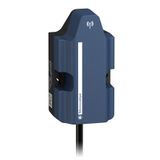
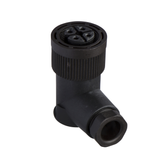


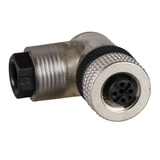
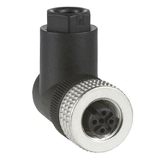

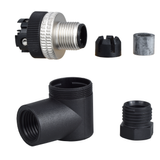

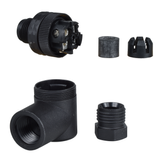
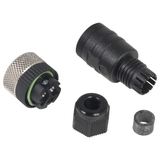
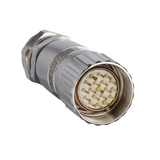


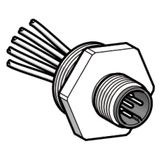


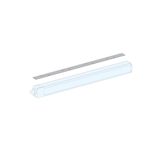
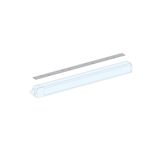
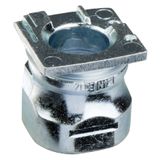
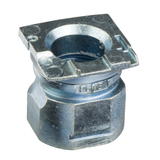

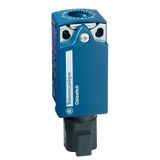
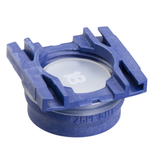
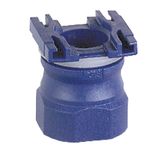
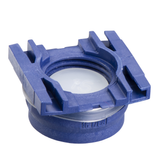
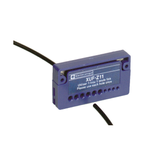
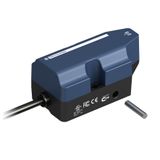
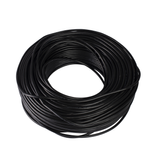
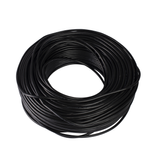


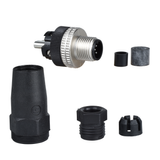



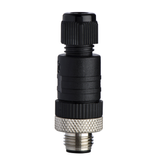
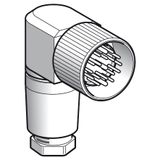
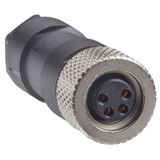
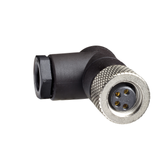


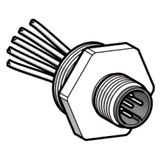
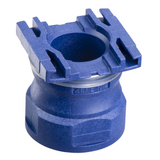
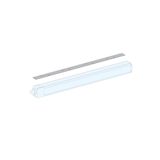

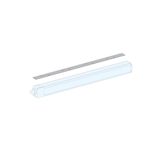

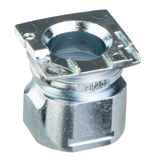
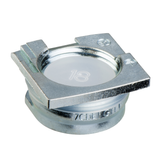
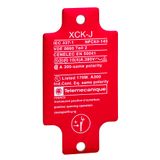
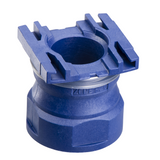
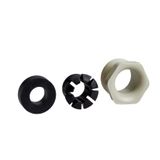
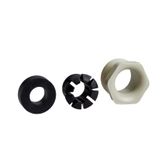
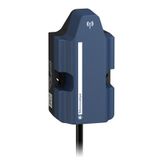


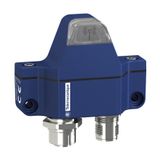
-
-
1
- 2
-
telemecanique installation materials for consistent assemblies
Compounds and frames use reinforced PA, PBT, and PC with LSZH options for occupied spaces and UV-stabilised blends for façades. Typical thermal windows run −25…+105 °C with low creep under clamp loads. Metric hole families repeat across brackets and plates, so crews reuse drilling jigs from floor to floor. When ceiling voids are tight, telemecanique installation materials keep bezel planes and cut-out offsets identical, reducing rework during churn and night-shift swaps.
telemecanique mounting systems for luminaires and trunking
Crossbars, slide rails, and channel clips share 25/50 mm pitch logic and accept M4–M8 fixings; torque marks 2.0–6.0 Nm are etched or stamped for quick inspection. Anti-vibration inserts tame resonance near metal ceilings, and stainless A2/A4 options cover pool halls and coastal air. Designers standardise telemecanique mounting systems where hundreds of rooms need the same offsets, stand-offs, and bracket geometry, keeping luminaires aligned against mixed plaster thickness.
telemecanique installation accessories for sealing and strain relief
Glands in M16/M20/M25 with matched ferrules hold IP54–IP68 through temperature cycles; closed-cell EPDM or silicone gaskets preserve compression after servicing. Strain-relief bushes deliver ≥60 N pull-out, and colour collars help separate SELV from mains. EMC entry plates offer 360° braid clamps to avoid pigtail inductance. Stock telemecanique installation accessories by thread, ferrule range, and jacket OD so field improvisation never breaks IP or shielding continuity.
telemecanique electrical installation in multi-room fit-outs
Apartments and hotels prefer ceiling roses with retained screws and shallow cups; offices and retail benefit from modular plug-ins that let crews swap luminaires without opening junctions. Plant rooms need gasketed junctions with stainless fixings; car parks rely on IP65 glands and anti-tamper clips. Using telemecanique electrical installation families keeps conductor windows, label carriers, and clamp forces uniform, which shortens commissioning and simplifies maintenance routes.
telemecanique wiring components for control and power
Push-in and screw-cage terminals accept 0.5…6 mm² copper; keyed low-voltage headers keep DALI/0–10 V from mains. Marking channels stay readable after solvent wipe-downs, and test points take 2 mm probes. Contact surfaces are tin or nickel plated for low resistance across thousands of cycles. Engineers deploy telemecanique wiring components where repeatable clamp force and compact pitch matter inside drivers, control boxes, and shallow bulkheads.
telemecanique conduit systems with IP continuity
Rigid and flexible conduits route 300/500 V runs with smooth bores to protect sheath integrity on long pulls. Matching locknuts and sealing washers hold IP65–IP68 at the enclosure boundary; metallic varieties include continuity straps to keep low loop impedance in automation bays. Thermal expansion is handled with swivel couplers so glands do not walk under heat. Crews specify telemecanique conduit systems when trunking must cross mixed zones without adapters or thread changes.
telemecanique installation hardware load and torque data
Fixing plates, earth lugs, retaining clips, and spacer rings follow consistent hole patterns for Euro-channel and DIN rail. Load limits and safety factors are printed or laser-etched; fasteners use zinc-nickel or stainless finishes for corrosion resistance. Ceramic stand-offs isolate heat near drivers; polymer cups cut mass on gypsum ceilings. Procurement tags telemecanique installation hardware by pitch, thread, and allowable load so cartons land site-ready and acceptance tests are unambiguous.
Applications and integration across Telemechanique ecosystems
Match thread size, collar depth, and connector families to panels, battens, and controls so IP/IK and EMC remain intact after service. Divider strips allow power and control to share trunking without crossover; adapter plates preserve drilling patterns in retrofit ceilings. Conductor markings and label windows mirror cabinet drawings, letting technicians read circuits at a glance during fault tracing.
Selection criteria for B2B buyers
Define interface and conductor range early—cap/base, pole count, strip window. Verify environment and duty—IP/IK, gasket, UV/chemicals, ambient. Lock mechanical stack—cut-out tolerance, bezel depth, bracket offset, trunking pitch. Plan service—swap strategy for lenses and clips, torque windows, label format for traceability. Document logistics—EAN/MPN on every small part, room-bundle kitting, pull-out and torque checks at goods-in.
Advantages of working with Bankoflamps
Our workflow mirrors installation sequencing. We provide individual B2B pricing tied to room schedules and show live EU stock before crews are booked. Quotes with EAN and MPN land in about an hour; your portal tracks lead times, shipments, and downloadable price lists with validity windows you can plan around. Trusted accounts use post-payment up to 30 days. We consolidate partials to cut freight, and a dedicated manager cross-checks thread families, conductor windows, bracket pitch, gland selection, gasket sets, and torque specs against your drawings—so cartons arrive site-ready across France, the Baltics, Germany, Spain, Italy, Belgium, and the Netherlands.